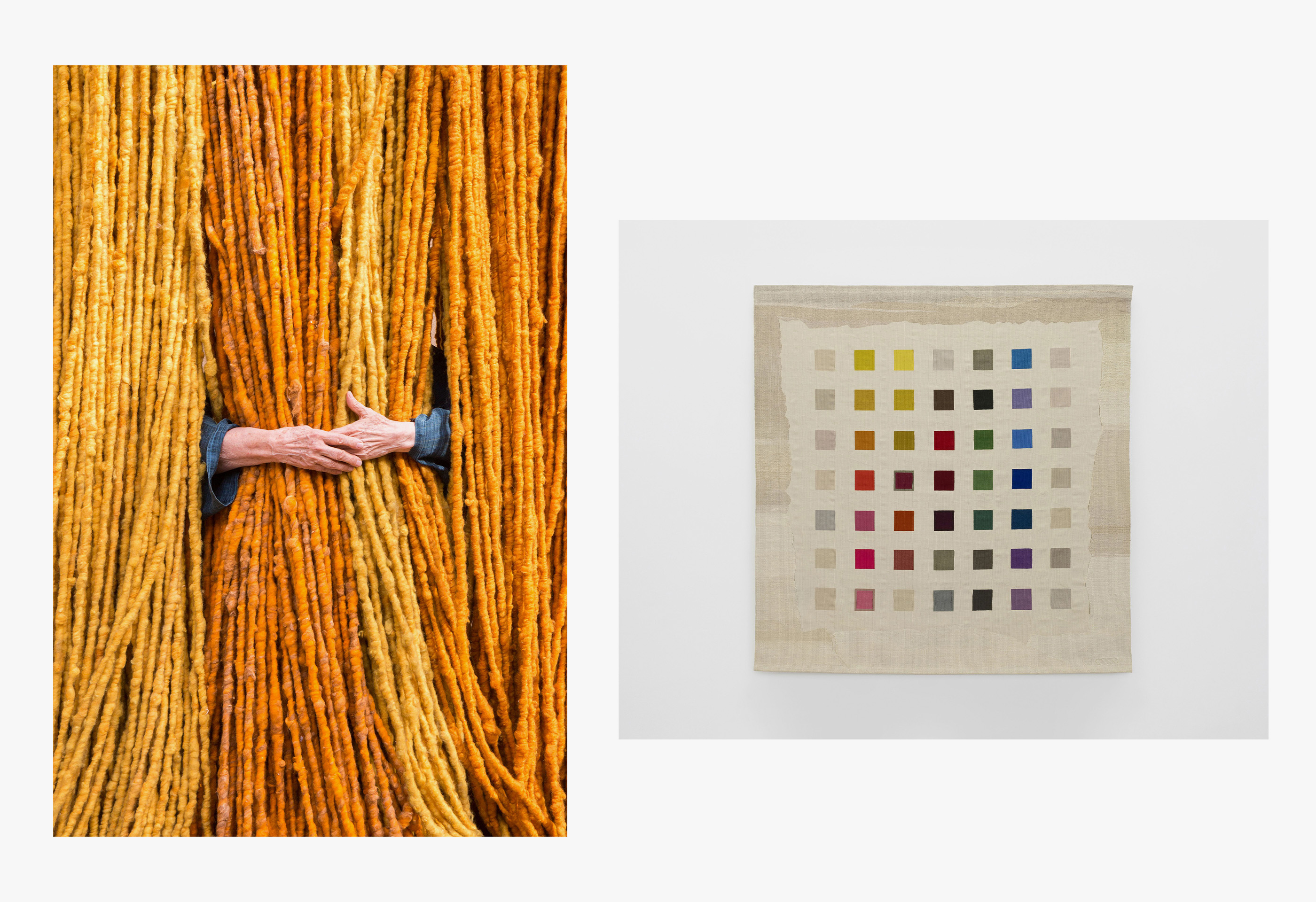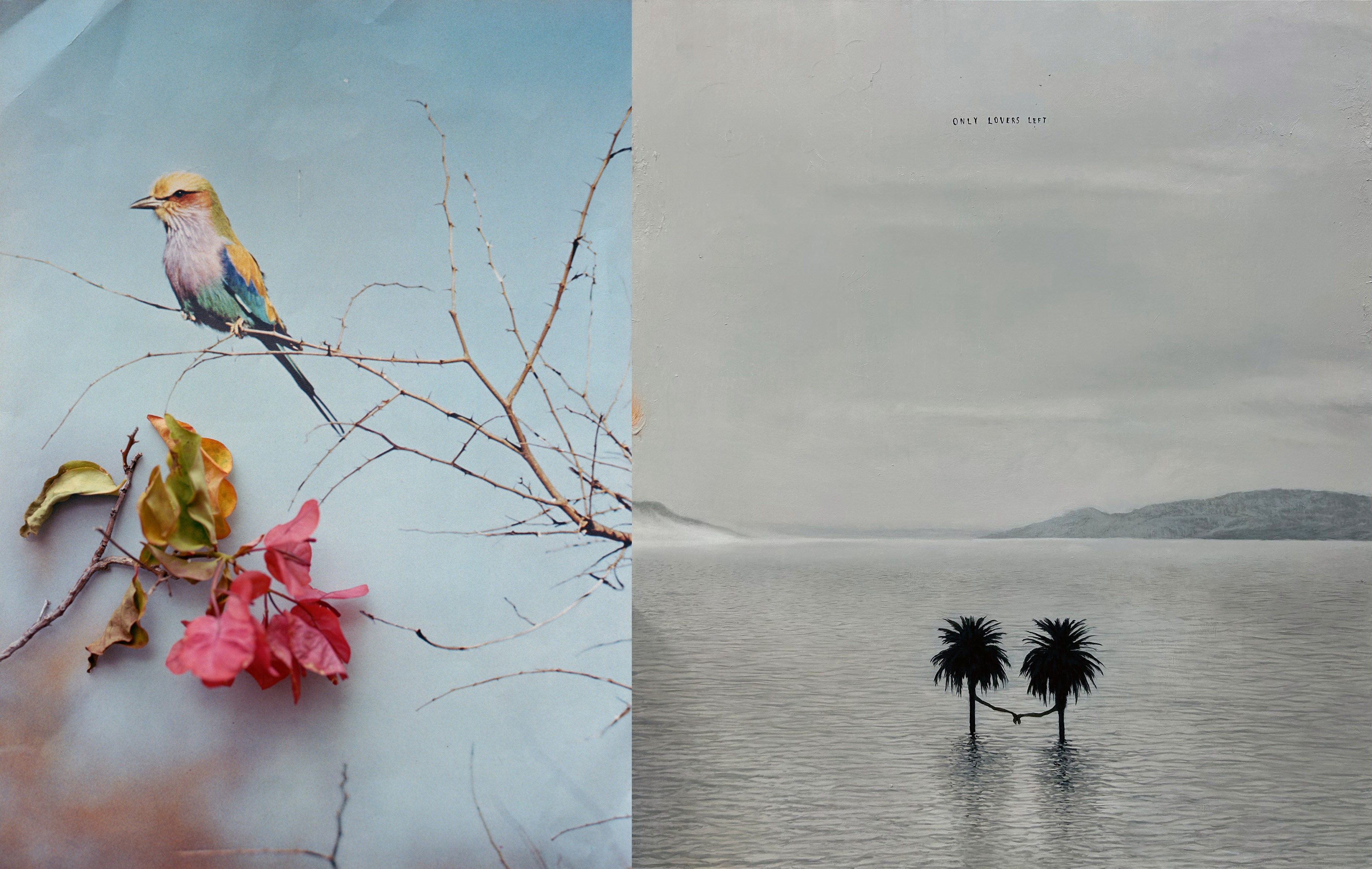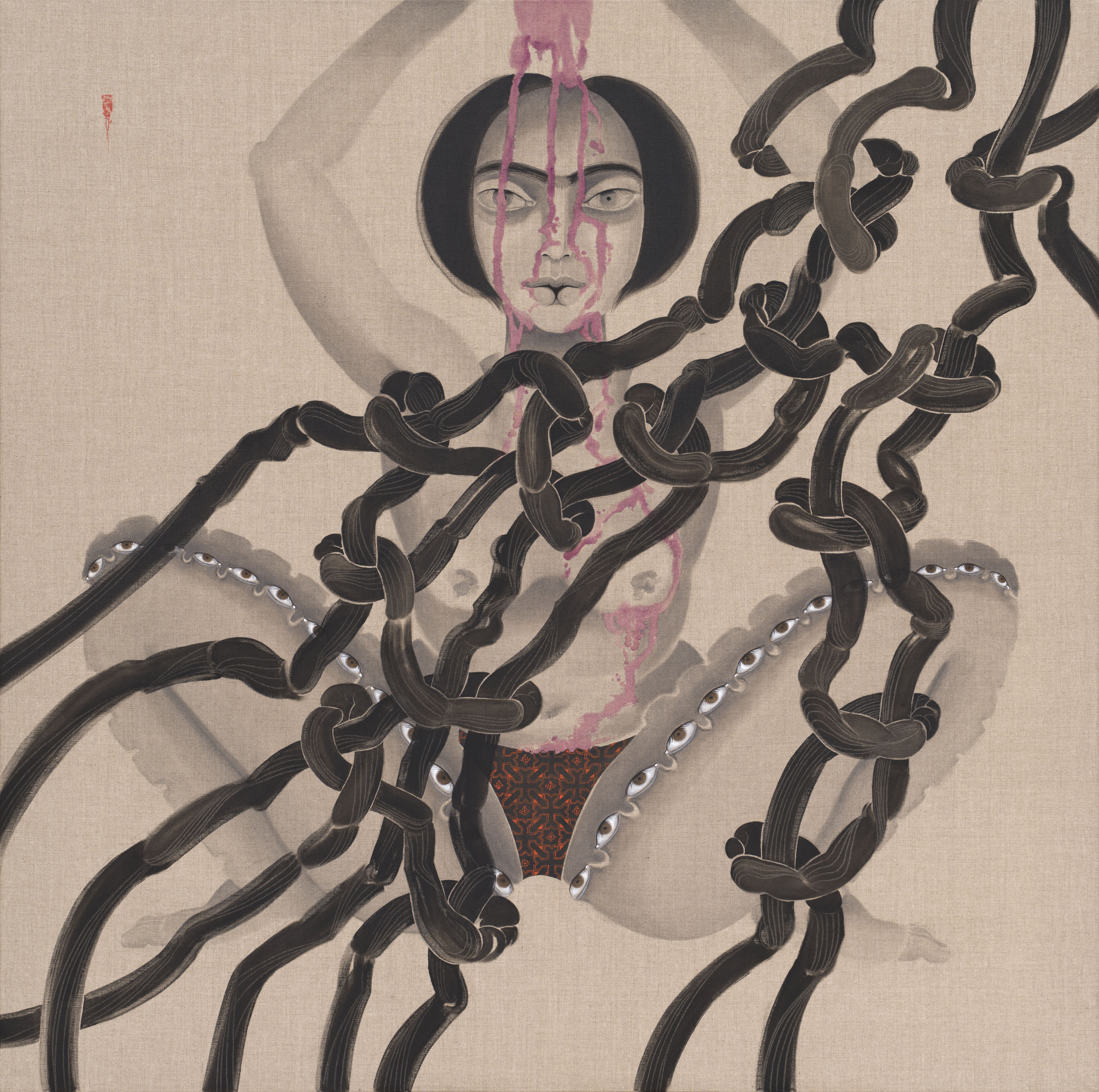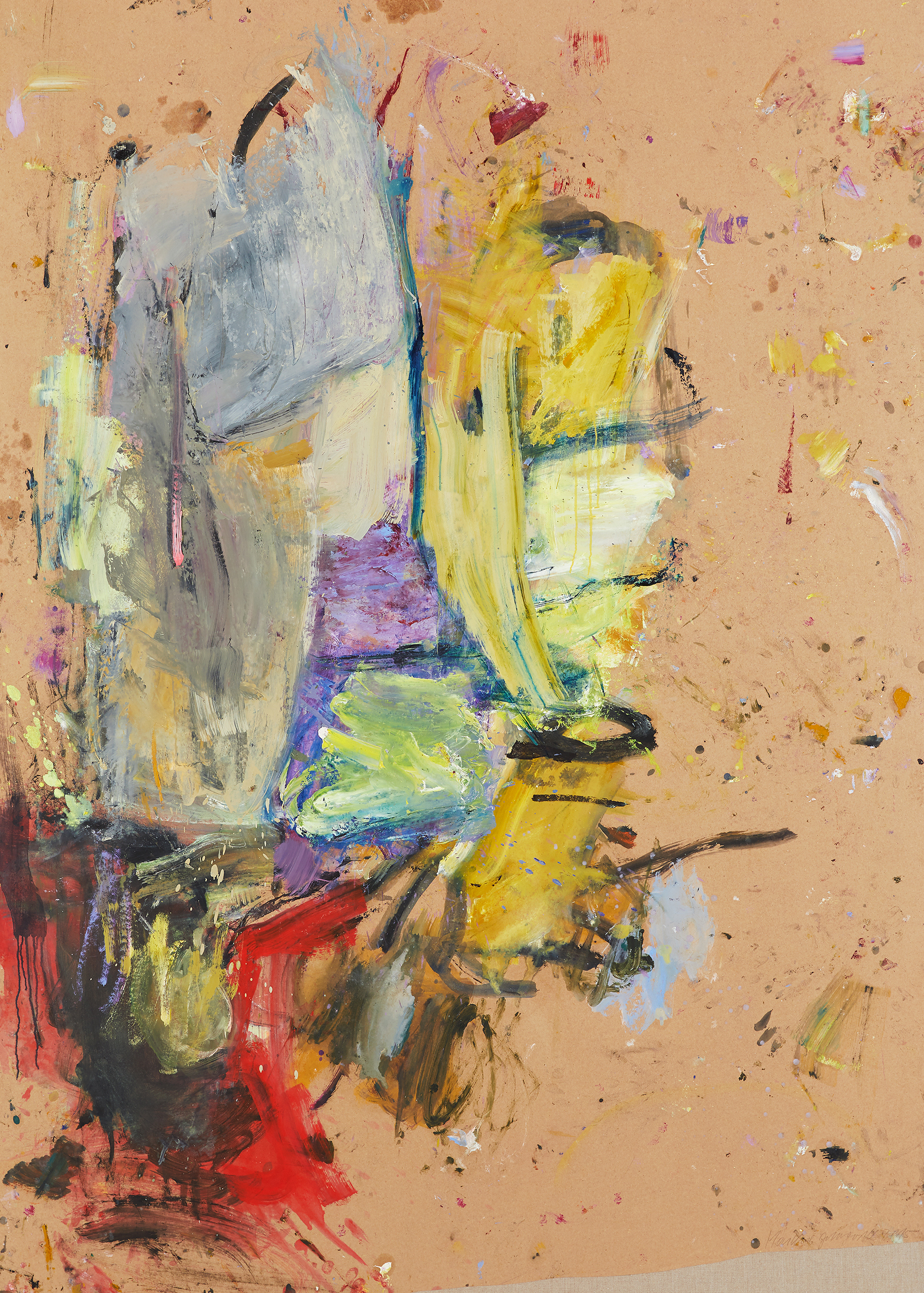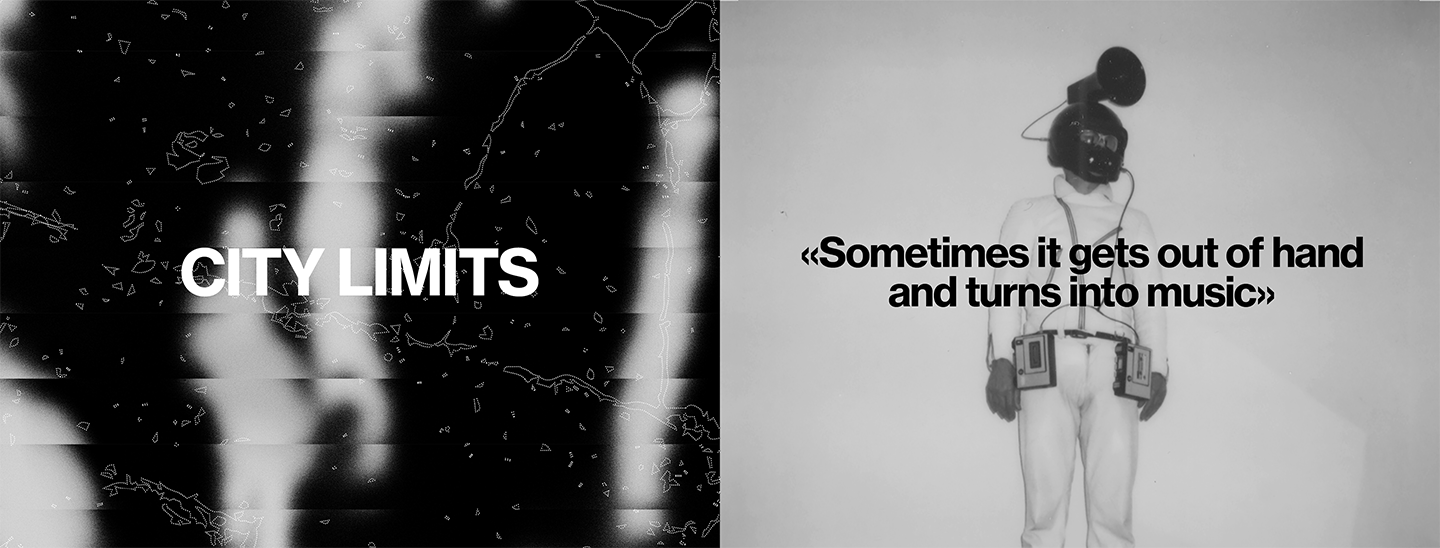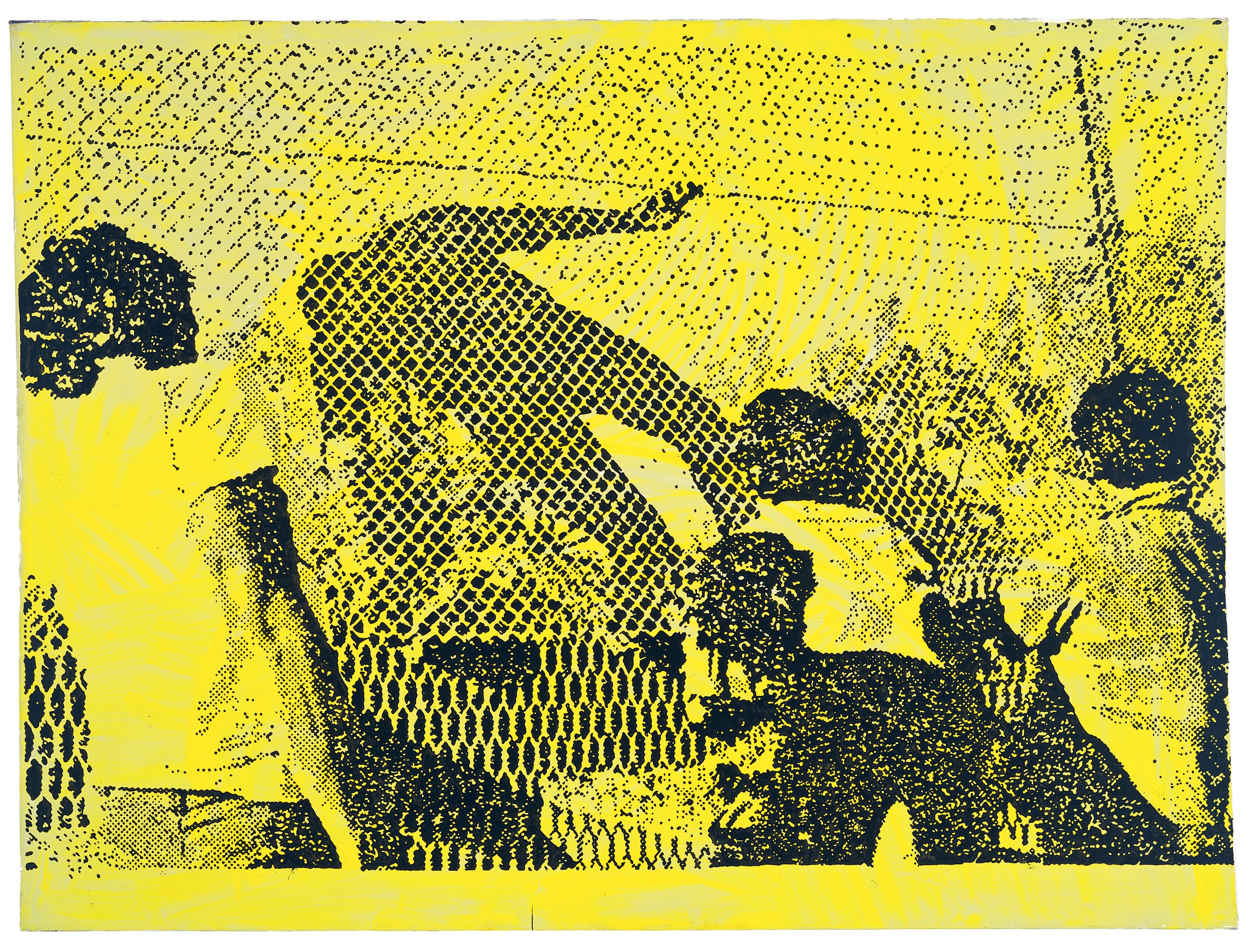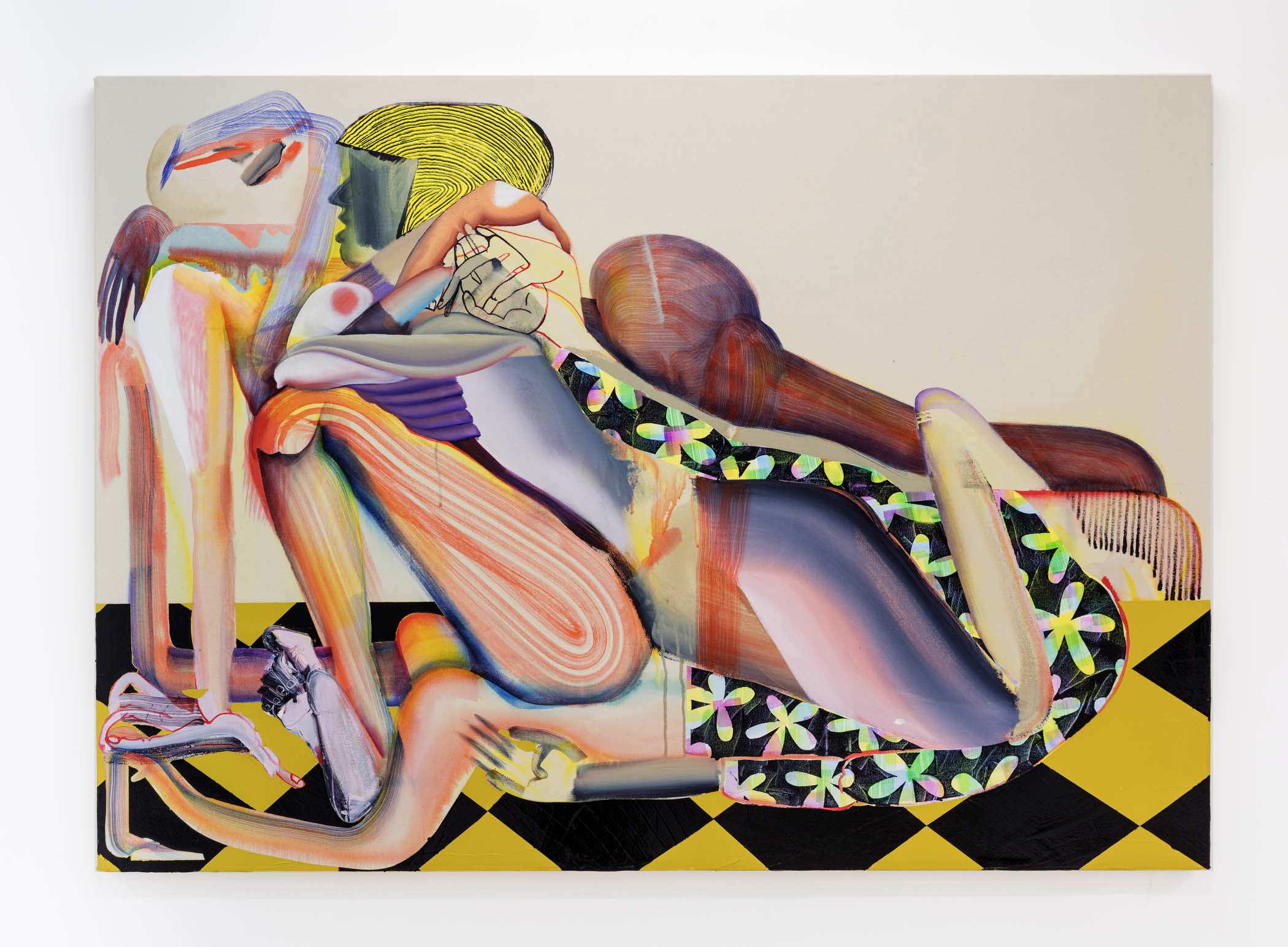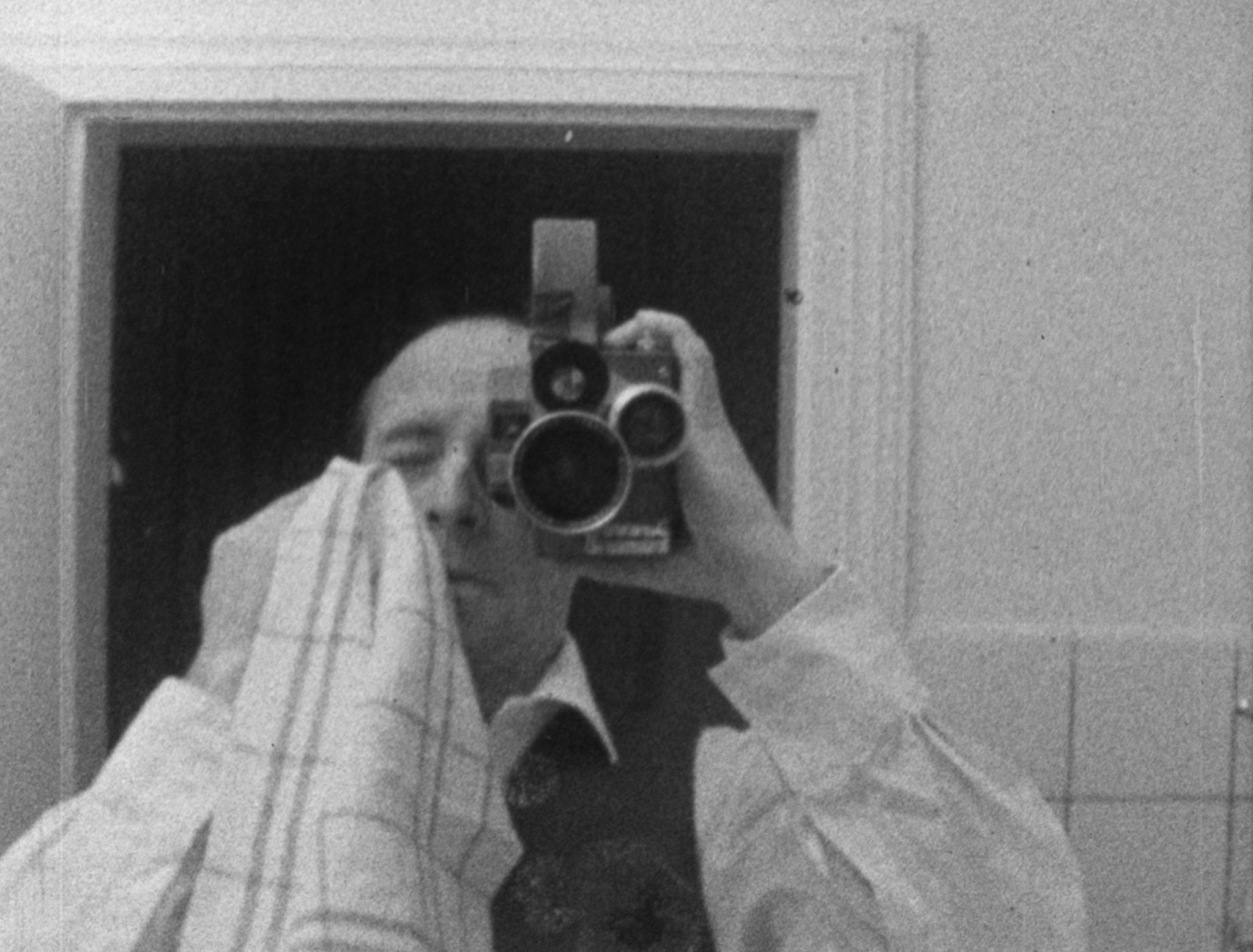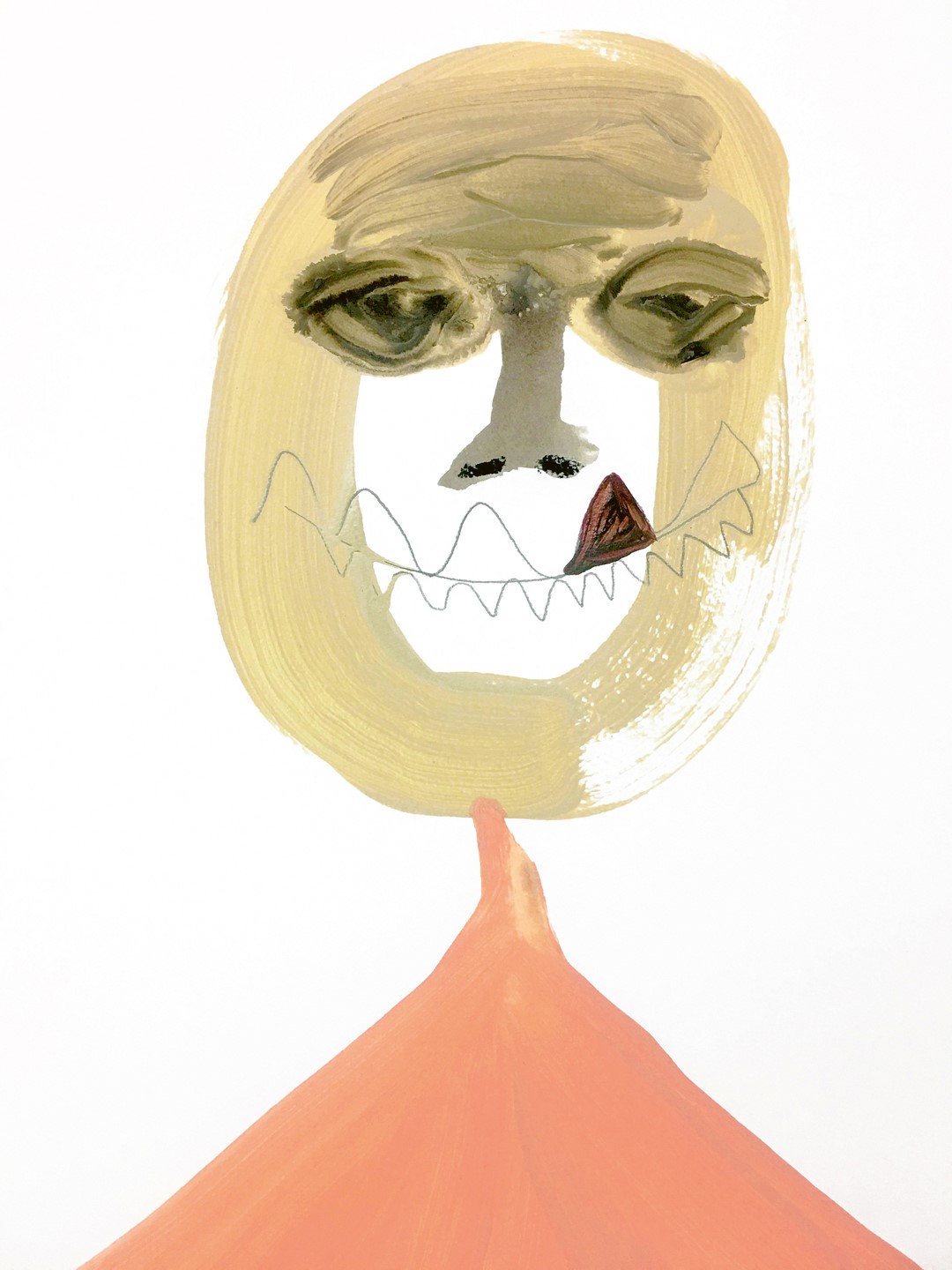Yüksel Arslan. Artures
Dado. Danse Macabre
Carol Rama. Böse Zungen
21 April–24 June 2012
Kunsthalle Düsseldorf
Grabbeplatz 4
D-40213 Düsseldorf
Hours: Tue–Sun and public holidays, 11–18
T +49 211 89 96 243
F +49 211 89 29 168
mail@kunsthalle-duesseldorf.de
With Yüksel Arslan, Dado, and Carol Rama, the Kunsthalle Düsseldorf is simultaneously presenting three solo exhibitions of contemporary international artists, all still little known in Germany, who consequently developed their respective oeuvres outside the confines of the art world.
Yüksel Arslan was born in Turkey in 1933 and has been living in Paris since 1962, where he produces art influenced by his readings on culture, sociology, philosophy, and art. He has created around 200 works on paper since 1959 will be shown outside Turkey for the first time in the exhibition Artures, curated by Elodie Evers, Gregor Jansen, and Oliver Zybok. Dealing with themes such as the relationships between thought and mysticism, between myth, academic scholarship, and the visual arts, Arslan’s oeuvre isequally informed by philosophical, literary, and musical currents that one might call the foundations of Western thought and by a keen awareness that other peoples and cultures have contributed decisively to the body of knowledge accumulated within the Western tradition.
Rather than using conventional paints, Arslan mixes pigments, plant extracts, bodily fluids, and other substances such as grass, blossoms, oil, coal, and ground stones to make his own—which he regards as an integral part of the artistic process rather than as a separate preparatory step. In Arslan’s view, painting has increasingly neglected its roots, especially since the introduction of industrially manufactured paints. Much like Jean Dubuffet, he aims to strip away the trappings of the present to arrive at the true essence of art and primal human experience, finding it in aspects of our (animal) nature such as reproduction and sexuality that we may think we have overcome through our culture but that are, in reality, only masked by it. As someone who has read extensively on subjects ranging from ancient and modern languages, history, philosophy, and music to traditional cultures, Arslan knows more than many about the “trappings” of culture and has come to the conviction that much of what they involve actually goes against basic human nature. This has led him to an interest in the similarities between various aspects of popular and folk culture around the world, which he believes are the common heritage of all humanity.
The exhibition Dado. Danse Macabre at Kunsthalle Düsseldorf is the first-ever institutional solo exhibition in Germany dedicated to the work of the artist Dado (Miodrag Djuric, 1933–2010). The more than 20 pieces selected by curator Gregor Jansen focus on his early work, which was created at a distance from the international trends of the post-war era but still had a marked influence on many other artists. In a time dominated by informal abstraction, Dado became a central source of inspiration for artists such as Eugen Schönebeck and Georg Baselitz and the new figurative art they developed in Germany in the early 1960s.
Born in 1918, Carol Rama is one of the leading artists of her generation. The show at Kunsthalle Düsseldorf is the first institutional exhibition to present her work in the Rhineland. Curated by Magdalena Holzhey, it includes almost 20 works from all major phases of Rama’s career, from the watercolours produced in the 1930s and 1940s to her most recent drawings. The oeuvre of the Italian artist, who was awarded the Leone d’Oro for Lifetime Achievement at the 2003 Venice Biennale, is characterised by a radical breaking of taboos. Rama’s universe is a medley of personal memories, difficult family circumstances, sexual fantasies, fetishized everyday objects, myths, and the present, a world coloured by the influences of post-war modernism but always insistently individual.
Despite the idiosyncratic nature of these three oeuvres and their very different artistic vocabularies, they do overlap to some extent in terms of subject matters and pictorial worlds, thus seemingly making it worthwhile to present them in a joint context: the obsessive and unfathomable, motifs of dreaming, sexuality, violence and dismemberment, fetish and fragment, the processing of collective and personal memory. Each in their own way, all three artists continue the legacy of Surrealism.
Kunsthalle seitenlichtsaal shows
KOO JEONG A. 16:07.
31 May–24 June 2012

